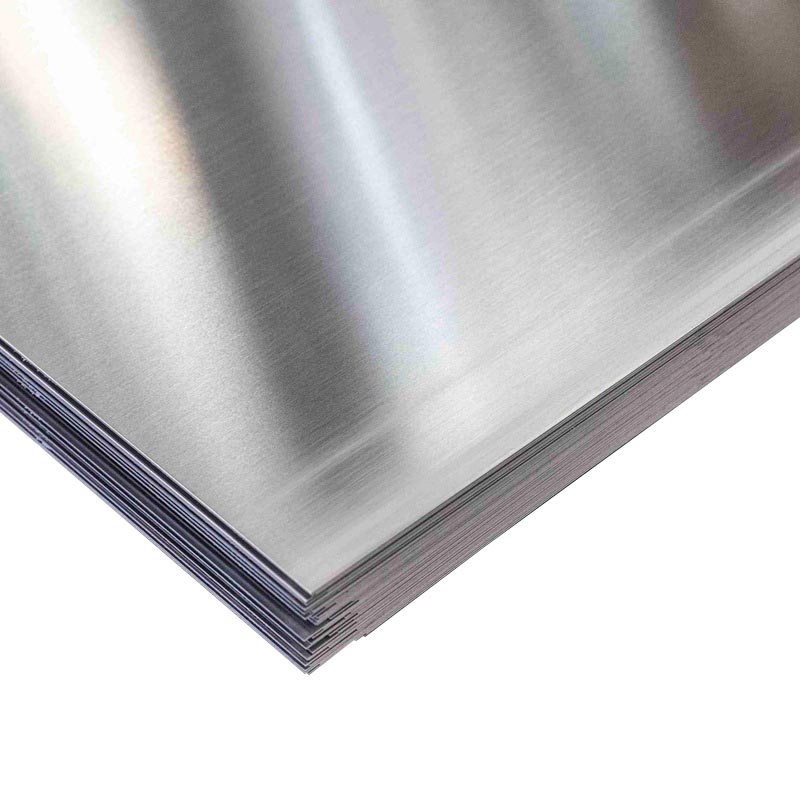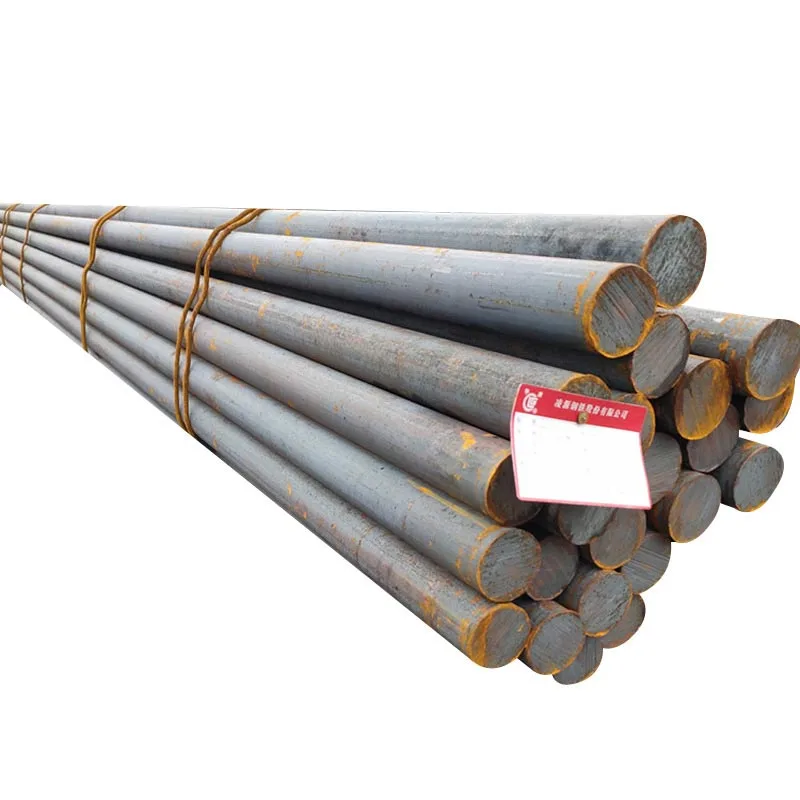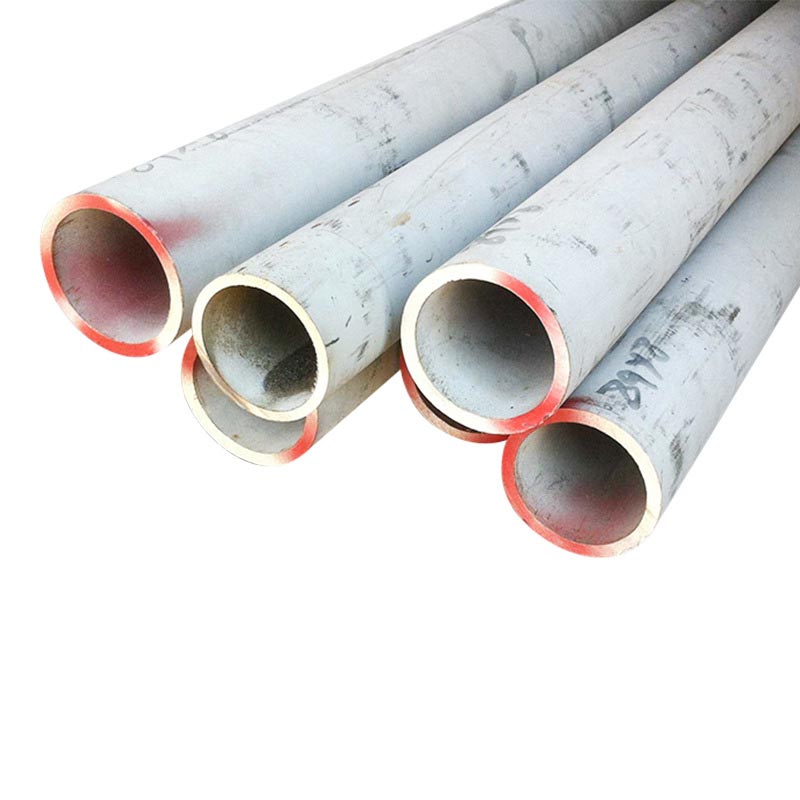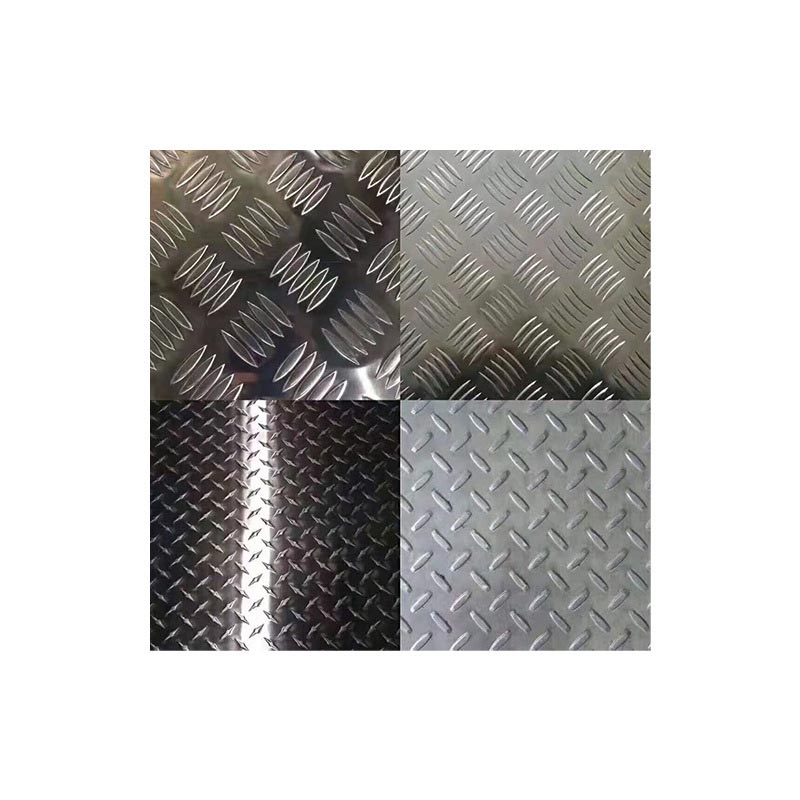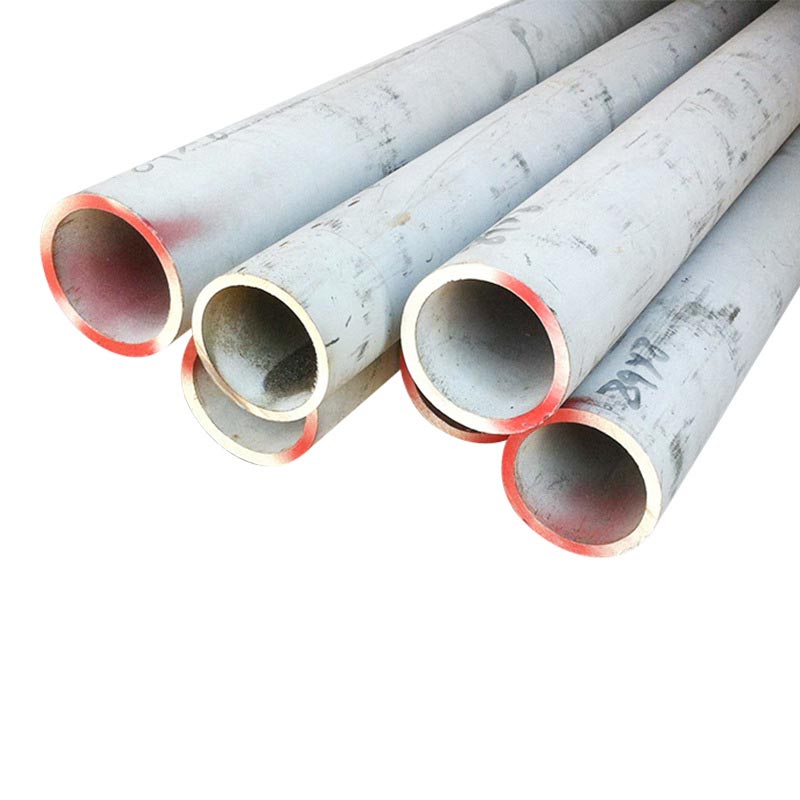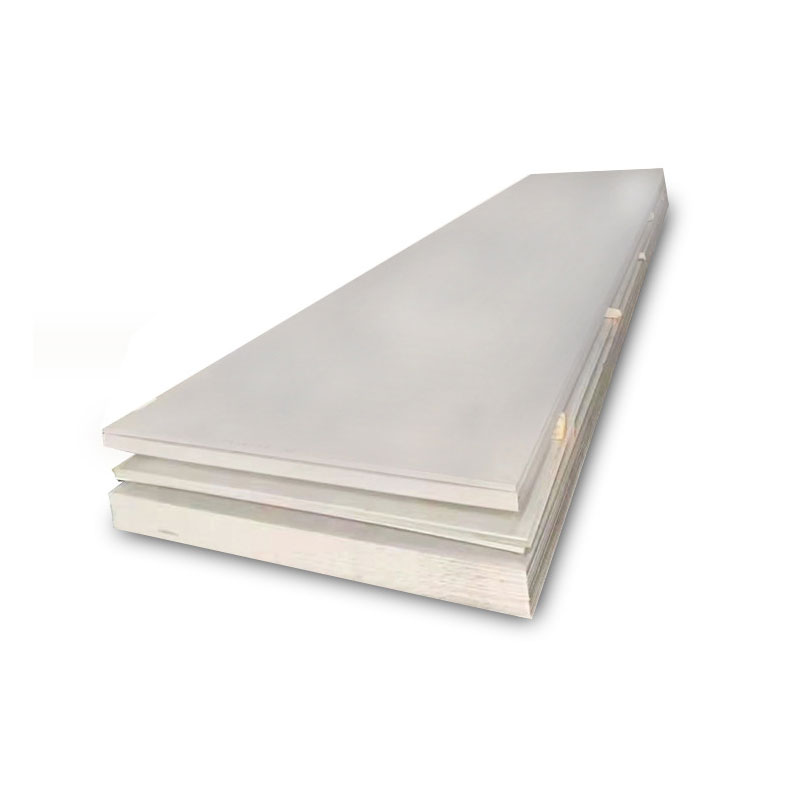Advantages of 316L Stainless Steel Sheet Connections
Advantages of 316L Stainless Steel Sheet Connections
The 316L Stainless Steel Sheet not only boasts advantages such as high toughness, convenient connection, and resistance to water hammer, but it also overcomes shortcomings like water erosion, environmental pollution, and scaling associated with some materials, as well as the low hardness and poor fire safety performance of plastic hoses. It has a long service life. So, what are the specific advantages of the 316L Stainless Steel Sheet? Below is a detailed introduction.
The 316L Stainless Steel Sheet has excellent pressure-bearing properties, withstanding pressures up to 8Mpa. It is burr-free with smooth walls, making it suitable for cables or cables in motion. Its insulation performance is superior, as the cable protection pipe made from 316L Stainless Steel Sheet will never cause a short circuit. It can be installed underground and in cold, humid environments, resisting both heat and extreme cold. It offers strong anti-interference capability; using the 316L Stainless Steel Sheet as a cable protection pipe can effectively shield against external signal interference.
The 316L Stainless Steel Sheet comes in diverse specifications, models, and connection methods. Small specifications and models can be processed down to 12mm, while large specifications and models are virtually unlimited. Types include hot-dip galvanized exterior, interior-exterior coated, and multi-purpose types suitable for various other industries. Connection methods include welding, grooved coupling, flange, and threaded connections. Abrasion-resistant steel pipes or non-destructive welding methods can also be used.
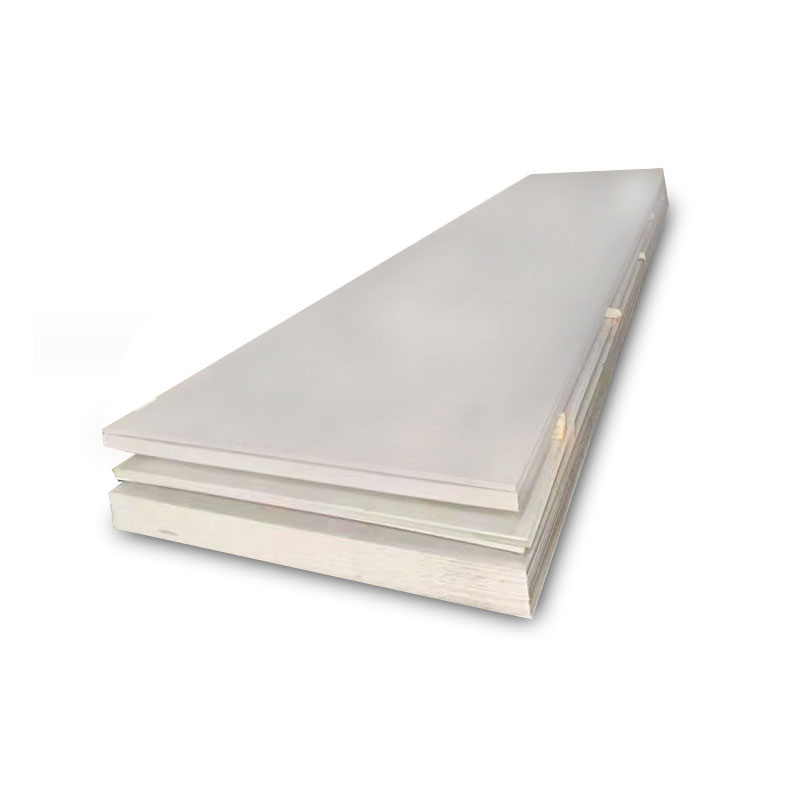
The connection methods and standards for the 316L Stainless Steel Sheet are as follows:
(1) First, weld flanges to both sides of the 316L Stainless Steel Sheet. The flanges must be welded firmly and then coated with polyethylene. During installation, place a sealing gasket between the two flanges of the 316L Stainless Steel Sheet and tighten them with bolts.
(2) To ensure that the 316L Stainless Steel Sheet does not experience axial displacement under pressure effects or water hammer, the fixing of the 316L Stainless Steel Sheet using anchor blocks, supports, and brackets must be addressed. These fixtures should be designed to prevent movement considering potential vibrations and rigidity under internal pressure.
(3) When using concrete or brick anchor blocks for fixing, the 316L Stainless Steel Sheet can be incorporated into the block. Due to the smooth surface of the pipe, to prevent the pipe clamp from slipping, a rubber sheet should be placed between the pipe's outer surface and the clamp. The clamp is then tightened with screws to prevent slipping, and finally, the clamp is securely connected to the anchor block, supported by nuts, brackets, and supports.
(4) Installation can also be carried out according to customer-provided drawings. If drawings are unavailable, precise on-site measurements can be taken, and special types of 316L Stainless Steel Sheet joints can be developed and manufactured for customers to connect to mining pipes or use quick clamps to connect to seamless 316L Stainless Steel Sheets.
(5) During the installation of the 316L Stainless Steel Sheet, it is essential to ensure that the safety warning line on the pipe faces outward, clearly indicating the safety warning marking.
- Why Do Pores Appear on the Surface of 310S Stainless Steel Sheet?
- What are the measurement methods for straightness of 316L stainless steel?
- Analysis of Causes for Internal Folding in 310S Stainless Steel
- What Are the Application Ranges of 304 Stainless Steel?
- Differences in Wall Thickness Tolerance Control Methods Between Stainless Steel Tube and Stainless Steel Seamless Tube
- What Problems Are Prone to Occur When Cutting 304 Stainless Steel Sheet?




